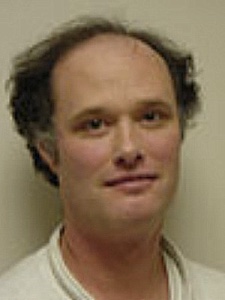Researchers to Share Advances at FightSMA’s 25th Anniversary Conference April 7-9
Written by |
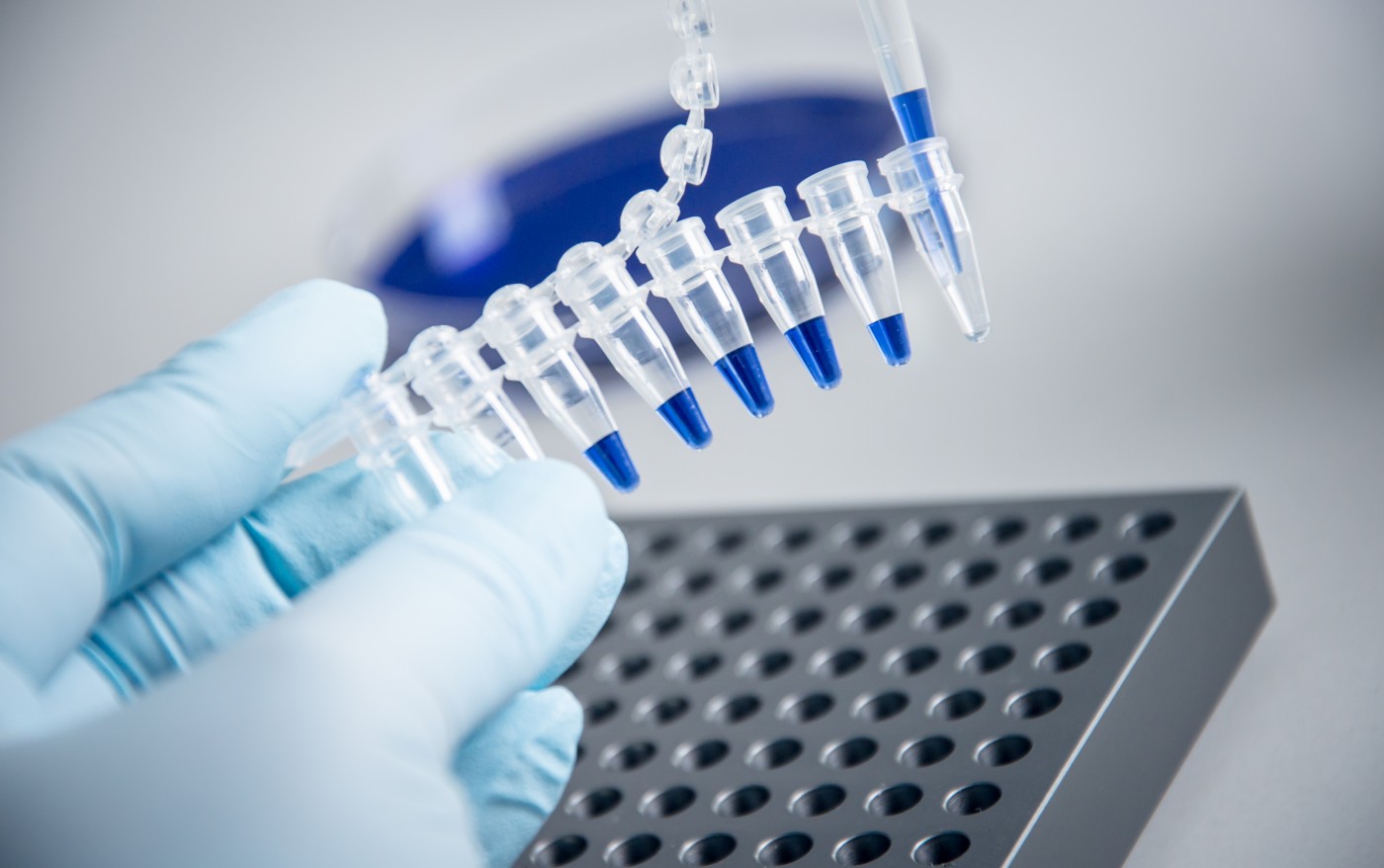
 FightSMA, an all-volunteer, parent-led nonprofit with a mission to accelerate research for a treatment for spinal muscular atrophy (SMA) by raising awareness and funding for SMA research, is marking its 25th anniversary with an international research conference April 7-9 in Alexandria, Virginia. The meeting will gather leading spinal muscular atrophy researchers, and recognize FightSMA’s 2016 Emerging Investigator Award winners.
FightSMA, an all-volunteer, parent-led nonprofit with a mission to accelerate research for a treatment for spinal muscular atrophy (SMA) by raising awareness and funding for SMA research, is marking its 25th anniversary with an international research conference April 7-9 in Alexandria, Virginia. The meeting will gather leading spinal muscular atrophy researchers, and recognize FightSMA’s 2016 Emerging Investigator Award winners.
SMA, the No. 1 inherited cause of infant death, is an autosomal recessive disorder characterized by destruction of motor neurons in the anterior horn of the spinal cord, and the disorder can be classified according to clinical severity into three types. SMA weakens the muscles, making it difficult or, in most cases, impossible for a person with the disease to move unassisted and perform routine physical tasks like getting dressed.
FightSMA relies solely on charitable contributions to support its innovative research and advocacy programs, which are fueled by the generosity of people around the world through donations made to the organization and its fundraising events. FightSMA receives no state or federal funding, but does receive funding through annual corporate sponsorships and grant partnerships with other SMA support groups.
 “We are thrilled with the participants that we are hosting for this year’s research conference,” FightSMA Co-founder Martha Slay said in a press release. “Some of these men and women have been laboring in the SMA field for many years, and others are new to the fight. It will be a dynamic conference.”
“We are thrilled with the participants that we are hosting for this year’s research conference,” FightSMA Co-founder Martha Slay said in a press release. “Some of these men and women have been laboring in the SMA field for many years, and others are new to the fight. It will be a dynamic conference.”
 Slay and husband Joe launched FightSMA in Richmond, Virginia, in 1991 after their son Andrew was diagnosed with the disease. As president of FightSMA (initially called Andrew’s Buddies), Slay reached out to other SMA parents eager to bring the fight to beat the disease to their own communities. With these people, many of whom still serve as FightSMA board members, Slay has continued fighting for 25 years, and in addition to fundraising, she has worked for more than 15 years on Capitol Hill as an advocate for SMA research.
Slay and husband Joe launched FightSMA in Richmond, Virginia, in 1991 after their son Andrew was diagnosed with the disease. As president of FightSMA (initially called Andrew’s Buddies), Slay reached out to other SMA parents eager to bring the fight to beat the disease to their own communities. With these people, many of whom still serve as FightSMA board members, Slay has continued fighting for 25 years, and in addition to fundraising, she has worked for more than 15 years on Capitol Hill as an advocate for SMA research.
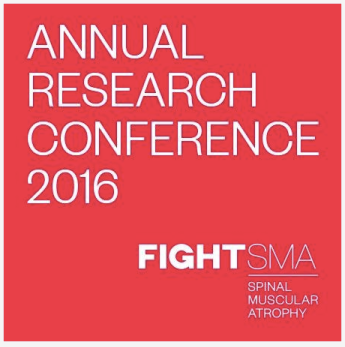 For more than two decades FightSMA has provided funding to over 50 scientific institutions around the world. In 2005 the organization began holding its Annual Research Conference in Washington, D.C., — the only SMA conference of its kind created specifically for researchers. This unique forum encourages dialogue, debate, and collaboration among scientists worldwide to accelerate research toward finding effective SMA treatments.
For more than two decades FightSMA has provided funding to over 50 scientific institutions around the world. In 2005 the organization began holding its Annual Research Conference in Washington, D.C., — the only SMA conference of its kind created specifically for researchers. This unique forum encourages dialogue, debate, and collaboration among scientists worldwide to accelerate research toward finding effective SMA treatments.
Advancing awareness of the disease has always been a pivotal part of FightSMA’s efforts, and which have succeeded in bringing SMA to the attention of many media outlets such as CNN, NBC’s “Today” show, The New York Times, and many others. FightSMA has witnessed tremendous progress in SMA research in the past two decades and today, its leaders are more optimistic than ever.
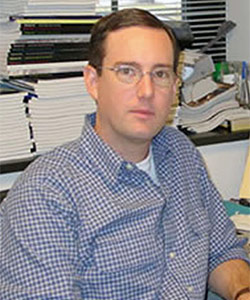 “FightSMA’s annual research meeting is an extraordinary opportunity for the best and brightest in the research community to come together for open, productive discussions,” said FightSMA Research Director and University of Missouri Prof. Chris Lorson, Ph.D.
“FightSMA’s annual research meeting is an extraordinary opportunity for the best and brightest in the research community to come together for open, productive discussions,” said FightSMA Research Director and University of Missouri Prof. Chris Lorson, Ph.D.
“The meeting is an exciting forum not just for sharing data, but also for charting the paths ahead,” he said.
 As an investigator and professor of veterinary pathobiology in the University of Missouri Bond Life Sciences Center, Lorson has been working on the development of a novel antisense oligonucleotide (ASO) compound found to be therapeutically efficacious in animal models of SMA — increasing lifespan in severe mouse models by four times, and in intermediate mouse models of SMA by seven times. In 2012, a patent was filed for Lorson’s compound for use in SMA.
As an investigator and professor of veterinary pathobiology in the University of Missouri Bond Life Sciences Center, Lorson has been working on the development of a novel antisense oligonucleotide (ASO) compound found to be therapeutically efficacious in animal models of SMA — increasing lifespan in severe mouse models by four times, and in intermediate mouse models of SMA by seven times. In 2012, a patent was filed for Lorson’s compound for use in SMA.
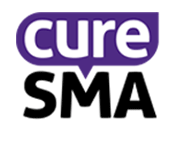 Also in 2012, another SMA advocacy group that funds SMA research, Cure SMA, awarded $150,000 to Lorson and co-principal investigator Arthur Burghes, an affiliated professor of molecular and cellular biochemistry at The Ohio State University, to investigate these new antisense therapies for SMA.
Also in 2012, another SMA advocacy group that funds SMA research, Cure SMA, awarded $150,000 to Lorson and co-principal investigator Arthur Burghes, an affiliated professor of molecular and cellular biochemistry at The Ohio State University, to investigate these new antisense therapies for SMA.
 The main focus of Burghes’ lab is molecular understanding of genetic neuromuscular disorders. In particular, the laboratory focuses on unraveling the molecular biology of SMA, which is caused by loss or mutation of the SMN1 gene, but not the virtually identical SMN2 gene. The two genes essentially differ by a single nucleotide that affects the incorporation of exon 7 into the SMN message. This results in the SMN2 gene producing insufficient SMN protein for motor neurons. SMN functions in the biogenesis of SnRNP, which is essential for all cells, but currently it is not clear why high SMN levels are so critically important for motor neurons.
The main focus of Burghes’ lab is molecular understanding of genetic neuromuscular disorders. In particular, the laboratory focuses on unraveling the molecular biology of SMA, which is caused by loss or mutation of the SMN1 gene, but not the virtually identical SMN2 gene. The two genes essentially differ by a single nucleotide that affects the incorporation of exon 7 into the SMN message. This results in the SMN2 gene producing insufficient SMN protein for motor neurons. SMN functions in the biogenesis of SnRNP, which is essential for all cells, but currently it is not clear why high SMN levels are so critically important for motor neurons.
“We have developed an animal model of SMA in the mouse and shown that high copy number of the SMN2 gene can rescue the SMA mouse,” Burghes said on the lab’s web page. “We are using this animal model of SMA to understand why motor neurons are affected and to develop treatments for SMA. A high throughput screen to identify compounds that can activate SMN has been started. It is hoped that these compounds can act as therapeutic reagents for SMA.”
The goals of current Cure SMA funding for the “New Morpholino Antisense Oligonucleotides for the Treatment of SMA” program are twofold: to optimize the nucleic acid sequence of the drug, and to establish the optimal dose of the ASO in severe mouse models of SMA.
Cure SMA’s 2016 Annual SMA Conference is June 16 at The Disneyland Hotel in Anaheim, California. For more information, visit this link.
Antisense oligonucleotides (ASOs) targeted to the ISS-N1 region have been shown to be effective in mice and are now being tested in current clinical trials conducted by Isis Pharmaceuticals. The major goal of this program is to explore the therapeutic potential of two new sequences, which are located in different regions of the SMN2 gene. The possibility exists to use these different ASOs in combination. The ASOs in this project will be generated using a new morpholino backbone chemistry.
First, the Burghes and Lorson groups will determine the optimal nucleic acid sequence in order to establish the appropriate dose of optimized ASOs that will 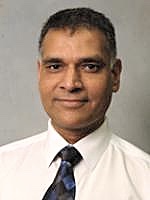 provide maximal rescue in the severe Delta7 mouse model of SMA, developed by Burghes. This information in mouse models will help the researchers design subsequent studies in primates to assess whether these ASOs reach the correct tissues including motor neurons, when delivered into the cerebral spinal fluid (CSF) in larger animals. Ravindra Singh at Iowa State University will be collaborating on the project.
provide maximal rescue in the severe Delta7 mouse model of SMA, developed by Burghes. This information in mouse models will help the researchers design subsequent studies in primates to assess whether these ASOs reach the correct tissues including motor neurons, when delivered into the cerebral spinal fluid (CSF) in larger animals. Ravindra Singh at Iowa State University will be collaborating on the project.
“There are now a series of exciting therapies for induction of SMN from the back-up gene SMN2, with the antisense oligonucleotides being one. In essence, the best way to increase SMN protein from SMN2 remains a critical issue, and this will be investigated in this new project,” Burghes said.
Lorson’s therapeutic antisense oligonucleotide repairs expression from the back-up gene for the disease, called SMN2. The research was published in the Oxford University Press and the drug developed by the Lorson lab is conceptually similar to ISIS-SMNRx already in clinical trial developed by Isis  Pharmaceuticals and a team of investigators at Cold Spring Harbor Laboratory headed by Dr. Adrian Krainer.
Pharmaceuticals and a team of investigators at Cold Spring Harbor Laboratory headed by Dr. Adrian Krainer.
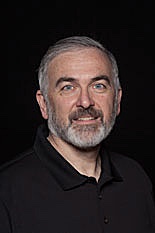 Krainer’s lab studies the mechanisms of RNA splicing, ways in which they go awry in disease, and the means by which faulty splicing can be corrected. In particular, the lab studies splicing in SMA, in which the SMN2 gene is spliced incorrectly, making it only partially functional. The lab team is able to correct this defect using a potentially powerful therapeutic approach, noting it is possible to stimulate protein production by altering mRNA splicing through the introduction of chemically modified ASO into the spinal cords of mice.
Krainer’s lab studies the mechanisms of RNA splicing, ways in which they go awry in disease, and the means by which faulty splicing can be corrected. In particular, the lab studies splicing in SMA, in which the SMN2 gene is spliced incorrectly, making it only partially functional. The lab team is able to correct this defect using a potentially powerful therapeutic approach, noting it is possible to stimulate protein production by altering mRNA splicing through the introduction of chemically modified ASO into the spinal cords of mice.
Previously, using ASOs in mice carrying a transgene of human SMN2, researchers developed a model for SMA using a technique they called TSUNAMI (shorthand for targeting splicing using negative ASOs to model illness). They subsequently used the method to develop a mouse model for adult onset SMA, and are currently working to develop models for the study of other diseases caused by splicing defects, including familial dysautonomia.
Companies, institutions, and organizations expected to be in attendance at the April 2016 FightSMA conference include:
- AveXis
- Biogen
- Children’s Hospital of Eastern Ontario
- Cold Spring Harbor Laboratory
- Columbia University
- Cytokinetics
- F.Hoffmann-LaRoche
- Ionis
- Johns Hopkins Medicine
- Massachusetts General Hospital
- Medical College of Wisconsin
- National Human Genome Research Institute, NIH
- National Institute of Neurological Disorders and Stroke, NIH
- National Institute of Child Health and Human Development, NIH
- Nationwide Childrens Hospital
- Northwestern University and Lurie Children’s Hospital
- Novartis Institutes of Biomedical Research
- Ottawa Hospital Research Institute
- PTC Therapeutics
- Sarepta Therapeutics
- SMA Foundation
- The Ohio State University
- University of Edinburgh
- Uniformed Services University of the Health Sciences
- University of Missouri
The FightSMA annual research meeting is also when the most recent awardees are recognized in the Emerging Investigator Awards (EIA) competition, established three years ago by FightSMA and the Gwendolyn Strong Foundation. The program has provided more than $500,000 in EIA awards.
 “FightSMA’s annual research meeting and the Emerging Investigator Award Program support novel research projects and provide the forum to rigorously challenge these new concepts,” says Dr. Barrington G. Burnett of the Uniformed Services University of the Health Sciences in Bethesda, Maryland, a past winner.
“FightSMA’s annual research meeting and the Emerging Investigator Award Program support novel research projects and provide the forum to rigorously challenge these new concepts,” says Dr. Barrington G. Burnett of the Uniformed Services University of the Health Sciences in Bethesda, Maryland, a past winner.
Past Emerging Investigator Award winners and their institutions are:
- Edinburgh University: Dr. Lyndsay Murray
- Johns Hopkins School of Medicine: Dr. Constantin dYdewalle
- Cincinnati Childrens Hospital: Dr. Steven Crone
- University of Missouri: Dr. Hansjorg Rindt
- Ohio State University: Dr. Kevin Foust
- Uniformed Services University of the Health Sciences: Dr. Barrington G. Burnett
- Indiana University School of Medicine: Dr. Sara Custer
- Children’s Hospital of Eastern Ontario: Dr. Faraz Farooq
- University of Oxford: Dr. Melissa Bowerman
- University of Missouri: Dr. Erkan Osman
- Indiana University School of Medicine: Dr. Anne Reitz
- Columbia University: Dr. Eileen Workman
FightSMA has awarded research grants to 45 universities and research institutions in the United States, Canada, the United Kingdom, France, and Italy, and played a leadership role in successful passage of the National Pediatric Research Network Act in 2013.
For more information, visit https://www.fightsma.org and
https://www.curesma.org/



